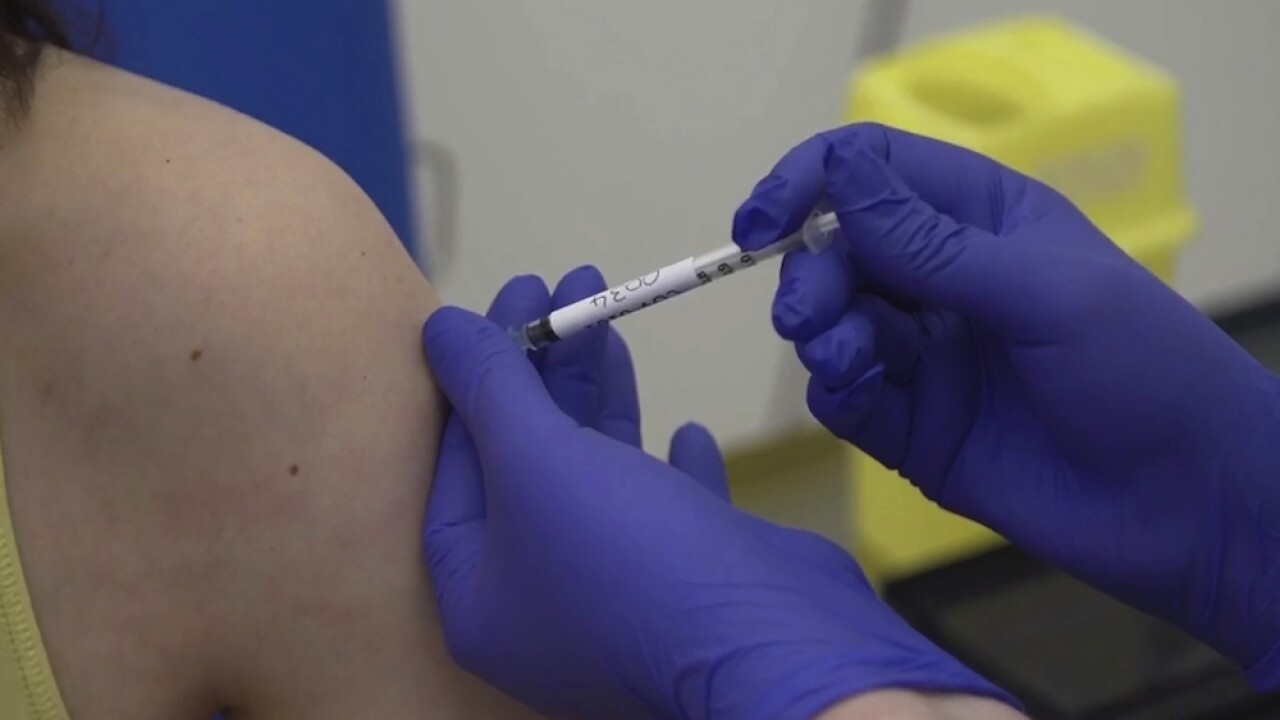The first COVID-19 vaccines could be available in Montana as early as mid-December and will be rolled out in a three-phase, five-tier system, according to the Montana DPHHS Vaccination Plan Coordination Team in their first meeting Tuesday morning.
Bekki Wehner, DPHHS's Communicable Disease Control and Prevention Bureau Chief, said during the open meeting that the latest information from the CDC and FDA have the Pfizer COVID-19 vaccine slated for deployment first, likely around Dec. 10 or 11, with the Moderna vaccine possibly available a few weeks later. Initial quantities of each vaccine are unclear.
Phase 1 of the Montana COVID-19 Vaccination Plan will occur over the first two months of availability, and will target the state's critical workforce and people at the highest risk of life-threatening infection. Those groups will receive at least the first of two recommended doses of the vaccine during this phase.
Both the Pfizer and Moderna vaccines require two doses to achieve maximum efficacy - Pfizer recommends a second dose after 21 days, while Moderna's calls for a second dose after 28 days.
"The second dose is being prioritized," Wehner said. "It creates the protection we need, so everyone will need to come back in on those time periods after receiving their initial vaccine."
Phase 2 is scheduled for approximately 3-6 months after initial vaccine availability and is labeled as having an "adequate supply." Providers will be encouraged to continue to target the critical workforce first and then expand to other prioritized groups. Phase 3 is characterized as having a "sufficient supply" and is expected to be achieved sometime in the Spring.
There are five tiers of population focus for COVID-19 vaccinations, according to the plan:
TIER 1 - Critical infrastructure workforce (includes Healthcare Personnel
TIER 2 - People at increased risk for severe COVID-19 illness
TIER 3 - People at increased risk of acquiring or transmitting Covid-19
TIER 4 - People with limited access to vaccination services
TIER 5 - Healthy adults with limited or no underlying medical conditions
Currently, there have been no COVID-19 vaccine trials done on children, so no one under the age of 18 will be recommended to receive one.
DPHHS provided all tribal jurisdictions the choice to receive vaccine shipments from federal agencies or state distribution channels, and all except for the Confederated Salish and Kootenai Tribes and the Helena Indian Alliance chose the federal option, according to Wehner.
Wehner also said the vaccine will likely be available to everyone for free. The vaccine is being provided by the federal government, and if there are costs related to administration of the vaccine at local levels, mechanisms are being worked out with Medicaid, Medicare, and insurance providers to provide reimbursement, even to those who are under or uninsured.
The biggest early challenges with Pfizer's vaccine surround storage and handling. Pfizer's product must be kept in ultra-cold storage (between -70 and -80° C). While Montana does not currently have any vaccines requiring this method, the state is actually well set-up for it.
"We have 6-7 known ultra-cold storage facilities very nicely spread geographically throughout the state, with a couple more coming on the next couple of days, " Wehner said. "The CDC has said that's very good. Some states or territories only have 1-2."
The ultra-cold facilities are mostly in Montana's large population centers, but DPHHS is exploring ways to help Eastern Montana specifically.
Another challenge with Pfizer's vaccine is the quantity - each shipment comes with a minimum of 975 doses in thermal containers designed to stay ultra-cold for up to 10 days. This would require a lot of vaccinations to be done very quickly so that the vaccine isn't wasted.
The Moderna vaccine does not require ultra-cold. It acts similar to vaccines statewide immunizers are already familiar with and can be kept in a normal freezer. Moderna also only requires a minimum of 100 doses per shipment, which will be easier to get to rural populations.
DPHHS says vaccines will mostly be shipped directly from distributions centers or the manufacturer straight to facilities, instead of using DPHHS as a middle man to then turn back around within the state.
The vaccination team will continue to make adjustments to the plan as the need arises.



